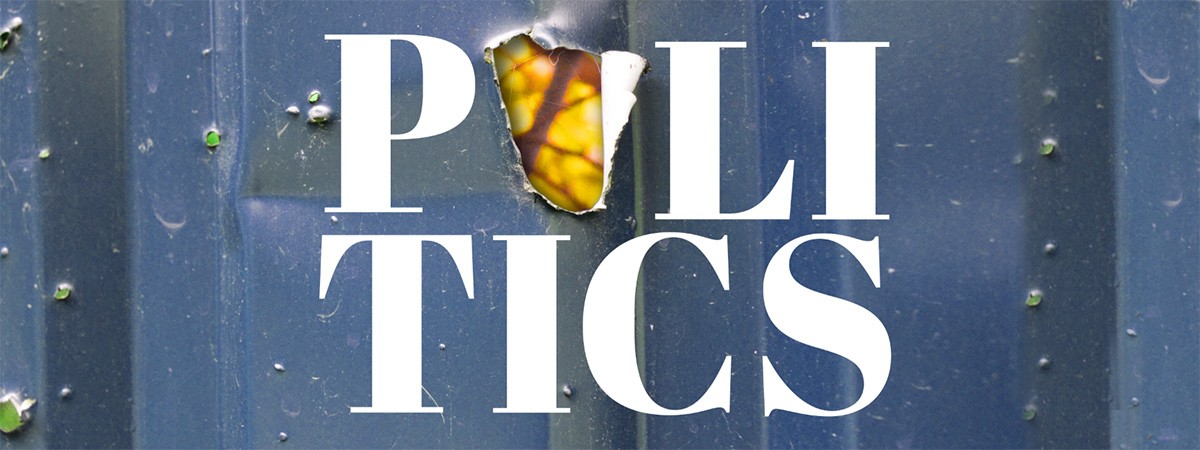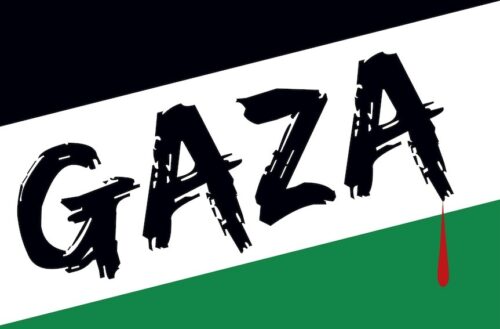On the night of October 17–18, an attack on two Bratslav Hasidim aged 15 and 17 took place in the city of Uman, Ukraine. The older was wounded in the face with a knife, the younger managed to escape. There was no conflict before the attack.
Uman is the city in the Cherkasy Region. Since the 1990s there has been a small but growing Jewish population in Uman, concentrated around Rebbe Nachman of Breslov’s tomb in Pushkin Street. It is known now as the Jewish quarter of the city. The local Jews, mainly newcomers from the USA and Israel, are mostly involved in pilgrimages of Jewish tourists that arrive at the town. The initial Jewish population of the city was destroyed in autumn 1941, around 17700 people.
Eduard Dolinsky, the director of Ukrainian Jewish Committee, stated that the administration of Kiev had sent a letter to the Jewish communities of the city to hold vigils on October 14 in memory of the “defenders of Ukraine of all generations”, including Bohdan Khmelnitsky, Simon Petliura, Stepan Bandera and Roman Shukhevich.
Bohdan Khmelnitsky led the uprising also known as the Cossack-Polish war in the 17th century, which led to the deaths of an estimated 18000–100000 Jews.
Simon Petliura, one of political and military leaders of Ukraine in 1920s, is blamed for death of approximately 50000 Ukrainian Jews. Petliura was assassinated in Paris by a Russia-born Jew who was later fully acquitted.
Stepan Bandera and Roman Shukhevich were leaders of the Ukrainian Resistance Army, which collaborated with Nazi Germany during WWII. In June 2019 Times of Israel described them: “Bandera and Shukhevych were two of Ukraine’s several Nazi collaborators. Some were SS volunteers and mass murdered Jews and Poles, and are now celebrated as anti-communist heroes in Ukraine, and by its government”.
On October 14 this year the nationalist rally in Kyiv, Ukraine marking Defender Day came to the office of President Zelensky. They were holding a huge banner saying: ”Ukrainians! We’re celebrating the anniversary of the occupation and pillaging of Ukraine by the Dnipro JEWISH clan of Vova Zelensky!!!”
Israeli Jewish Telegraphic Agency notes that “Participants in a nationalist march in Ukraine raised a banner decrying the country’s “occupation and robbery” by a “Jewish clan.” The JTA reports that Mikhail Tkach, executive director of the United Jewish Community of Ukraine, said the banner was an act of incitement and called on authorities to punish those responsible for it. Other symbols on display at the march included the logo of the ultranationalist Azov Battalion and a banner that read “White Lives Matter.”
The Ukrainian online media strana.ua reported the appearance of a huge swastika on a wall of an abandoned unfinished building in the close vicinity of the Babi Yar Memorial in Kiev. The swastika reportedly covers three floors of the building.
Babi Yar is a ravine, it was the site of a huge massacre in autumn 1941. During the first, most documented execution more than 31000 Jews were annihilated. It remained an execution site for Soviet prisoners of war, for Roma (Gypsies) and Jews, perhaps as many as 100,000 dead. The true number may never be known. In the last years the memorial site has been repeatedly vandalised with swastikas; in autumn 2015 alone six incidents were reported.
This time the swastika was daubed by a group of far-right radicals who used the site for training in street fighting.
In the beginning of October this year Ukraine deported two American members of the neo-Nazi group Atomwaffen Division (AWD). They tried to join a far-right Azov Regiment for “combat experience”, writes Christopher Miller in the Buzzfeed News.
In June 2020 the BBC described the Atomwaffen Division as a neo-Nazi extremist group which British law-enforcement suspect of being influenced by the UK Order of Nine Angels. The BBC also claimed that the AWD was suspected of links to five murders.
The Soufan Center -affiliated online Cipher Brief states that Atomwaffen members maintain links to Canada, Germany, Ukraine, Estonia, and other countries. According to an open source and AWD online propaganda, the organization maintains affiliates or inspired groups in more than a dozen countries, many of which have threatened or planned to carry out acts of violence. AWD Deutschland has a so-called ‘kill list,’ which includes left-wing politicians, refugee and migrant worker advocates, and Jewish groups.
DW provides the following description of the ADW: “The group found itself in trouble with the law astonishingly quickly, with members linked to five murders in three unrelated incidents”.
Rita Katz in her article ”Neo-Nazis Are Running Out of Places to Hide Online” also describes the Ukrainian Azov Battalion as a neo-Nazi group which maintains ties to the Atomwaffen Division.
Russia Matters, a project launched in 2016 by the Harvard Kennedy School’s Belfer Center for Science and International Affairs and supported by the Carnegie Corporation of New York, in an article on the role of the far-right groups in Ukraine and their international ties, writes that “three factors complicate the picture: It is unclear how fully the Ukrainian government controls all the former volunteer units; the government likely has little to no control over violent nationalist hate groups, which are sometimes associated with the battalions; and a trickle of foreign ultranationalists seeking battlefield experience has continued into Ukraine in recent years”.
The researchers point out that “Prior to the war, the Ukrainian neo-Nazi and white supremacist scene looked to Europe for inspiration and validation. Today, Ukraine is seen as a beacon for adherents of these ideologies and a place for white supremacists from around the world to travel for opportunities to network, swap tactics on recruitment and funding and learn from the perceived success of the Ukrainian nationalist establishment”.
They emphasize that “no estimates exist of the number of far-right foreigners leaving Ukraine”, that “many ultranationalist ex-fighters may have gone undetected by law enforcements of Europe”, arguably increasing the threat these individuals pose to their home countries.
“Germany in particular ranks high on the list for potential blowback, given the number of its nationals estimated to have fought in Ukraine – about 165 by our count – and the significant increase in right-wing extremists in the country, as observed by the domestic intelligence agency. The phenomenon has even affected Germany’s military, including its special forces. A 2020 report examining returnees and countries’ different approaches noted: “With fighters returning from Ukraine, there is a lack of uniformity not only in the legal approach to the punitive practice, but also in its implementation, and … most countries have only chosen to consider applying it to fighters on the pro-Russian side’.”
Talia Lavin, an American journalist, who authored a recently published book depicting her personal undercover work among White Suprematists, also in Ukraine, writes, “Every day while the Brenton Tarrant’s Lads channel glorified terror against Jews, Black people, and Muslims, its owner was trying to seduce me. David – he assures me he’s “not a kike,” despite the name – wants to visit me the next time he comes to the U.S. I tell him Ashlynn has learned Russian because she wanted to go to Donbass to meet guys – the most hard-core guys around, the American white supremacists who go to Ukraine to fight. We start speaking in Russian and sometimes Ukrainian. (Unbelievably, he falls for this.) I record voice messages in Russian, with my voice pitched to a sexy-baby timbre and a heavy American accent. He calls me “My Ash.” He tells me he loves me”.







